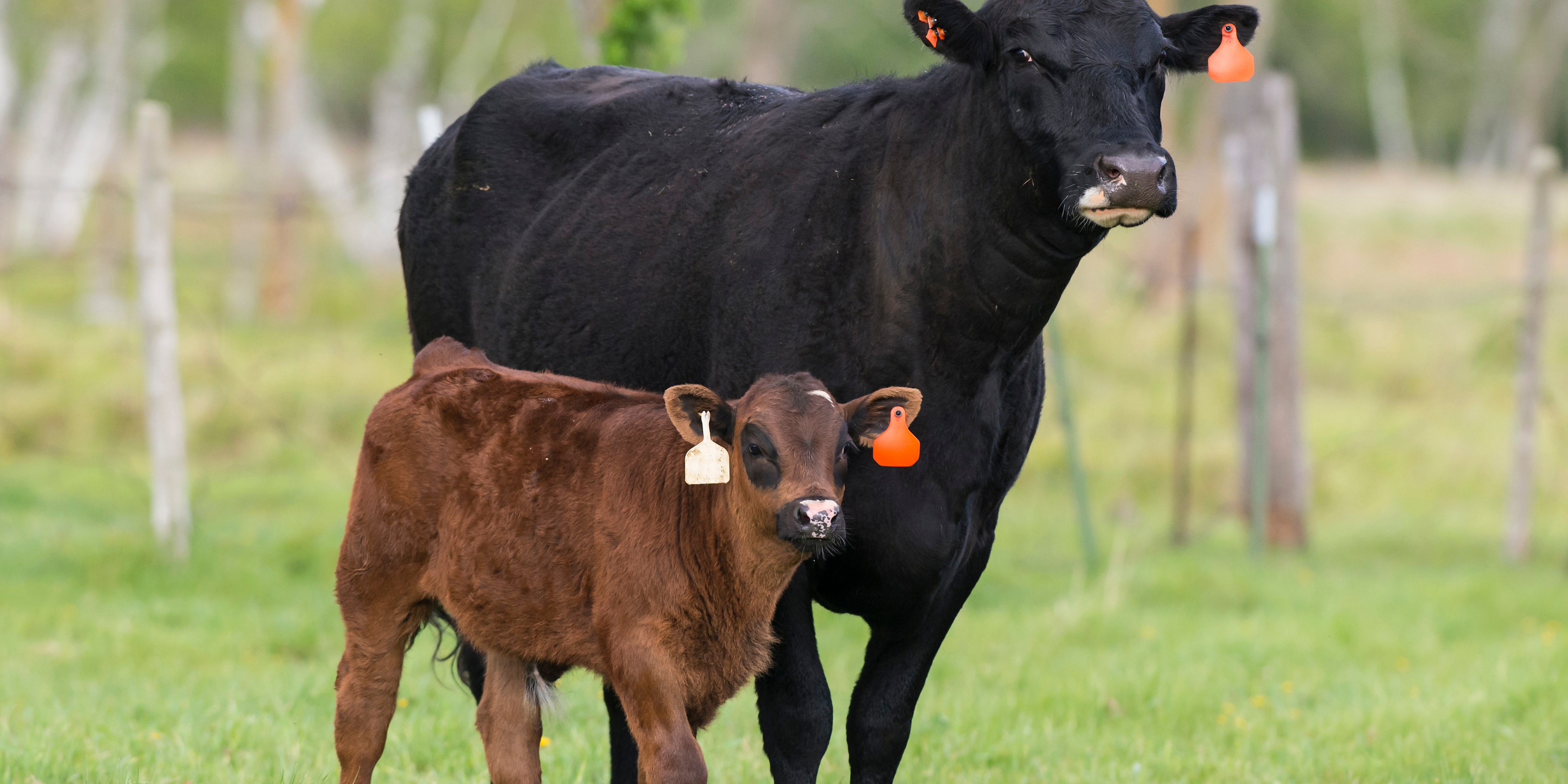Home
Barn Owl Blog
Choosing the Right Identification Method for Calves: Key Considerations for Ranchers

Choosing the Right Identification Method for Calves: Key Considerations for Ranchers
Proper identification of calves is essential for effective herd management, accurate record-keeping, and ensuring the health and productivity of your livestock. Selecting the most suitable identification method depends on various factors, including your operation's size, management practices, and specific needs.
Understanding Calf Identification Methods
Several identification techniques are commonly used in the cattle industry:
-
Ear Tags: These are widely used due to their ease of application and visibility. They come in various colors and sizes, allowing for customizable information. However, if not applied correctly, they can cause tissue issues or infections, and tags may sometimes fall off or be removed.
-
Ear Tattoos: This method involves tattooing a unique number inside the calf's ear. It's a permanent solution but can be challenging to read, especially on darker-skinned animals or as the tattoo fades over time.
-
Branding (Hot-Iron or Freeze): Branding provides a permanent mark of ownership. Hot-iron branding can be painful and may affect hide quality, while freeze branding is less painful but requires specific equipment and conditions.
-
Electronic Identification (EID): EID tags or microchips offer precise tracking and data collection capabilities. They are beneficial for large operations but involve higher costs and require compatible reading equipment.
-
Ear Notching: This method involves removing small, V-shaped notches from the edges of a calf's ear to create a unique pattern for identification. Ear notching is a permanent and cost-effective technique, often used in conjunction with other methods like ear tags. It's particularly useful in situations where multiple owners share grazing land, as each owner can have a distinct notching pattern to identify their calves.
-
Neck Collars and Anklets: These are adjustable bands placed around a calf's neck or leg, often featuring numbered tags or color codes for easy identification. They are especially useful for temporary identification, such as during health monitoring, breeding programs, or when managing calves in large herds. Some collars are designed to accommodate devices like pedometers or sensors for tracking activity and health metrics.
Factors to Consider When Choosing an Identification Method
When selecting an identification method, consider the following:
-
Permanence: Determine if you need a temporary or permanent identification solution based on your management practices.
-
Visibility: Consider how easily the identification can be read from a distance, which is crucial for daily management and during events like sales or shows.
-
Animal Welfare: Evaluate the potential stress or pain associated with the method and strive to minimize discomfort.
-
Cost and Resources: Assess the initial investment and ongoing costs, including equipment and labor, associated with each method.
-
Regulatory Compliance: Ensure the chosen method meets any legal requirements or industry standards applicable in your region.
Enhancing Identification with Technology
Integrating technology can complement traditional identification methods. For instance, using cameras to monitor calves can help verify identities, especially when ear tags are lost or unreadable. Additionally, electronic identification systems can be integrated with software to track individual animal performance, health records, and lineage, facilitating informed decision-making.
Selecting the appropriate identification method is a critical decision that impacts your herd's management and productivity. By carefully considering your operation's specific needs and resources, you can choose a method that ensures accurate tracking, promotes animal welfare, and supports your long-term goals.
Next up: The Importance of Branding and Tagging Calves: Ensuring Livestock Identification and Security
Share


